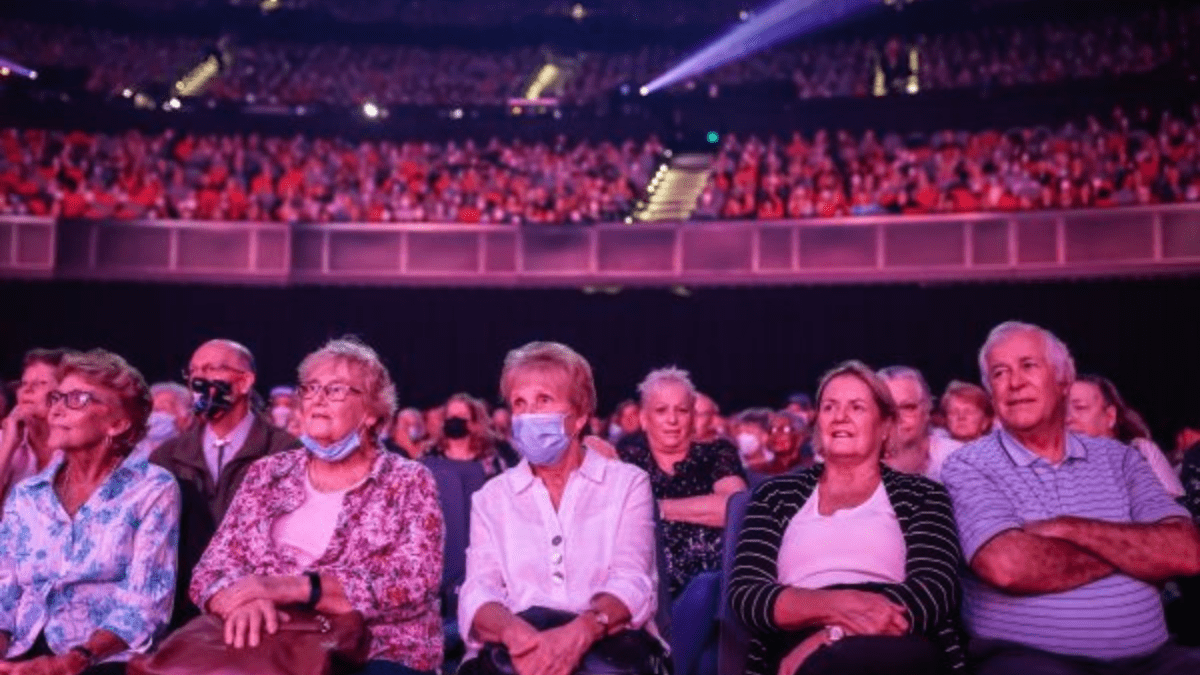Volatility must settle before it’s safe to re-enter market
There’s a lot of emotion – mainly fear – surrounding the share market at the moment. But for the clients of mechanical rules-based trading system Share Wealth Systems, all that has been taken away. Instead, SWS clients are waiting for an entry signal to get back into the share market.
“It’s a simple matter of sitting tight and waiting for the re-entry signal – and it’s not imminent,” says Gary Stone, who founded SWS in 1995.
The SWS system is based on technical analysis of share price and trading volume action, to deliver objective market entry/exit signals, as well as training on position sizing and risk management.
The system covers a cohort of large-capitalisation liquid shares listed on the ASX, as well as index exchange-traded funds (ETFs) that package an investment in Australian indices such as the S&P/ASX 300, the S&P/ASX 200 and the S&P/ASX 50, as well as US gauges such as the Dow Jones Industrial Average, the S&P 500 Index and the Nasdaq 100 Index.
The SWS system is a mechanical, rules-based, trend-following system that is designed to limit portfolio risk to similar levels to a typical superannuation balanced fund, while enabling investors to capture much more market upside.
For this reason, the typical balanced super fund is the system’s benchmark. For the 4.2 years to 16 March 2020, Stone says SWS’ real-money ‘On-display’ SPA3 portfolio – which invests only in large-cap liquid stocks – returned 17 per cent a year, compared to the 7.4 per cent a year return of the Hostplus Balanced Fund over the same period.
Stone says the system started pulling investors out of the Australian market in early January.
“The move to cash originated with an ‘exit’ signal on Qantas, on about 10 January. At that stage, that was simply a normal exit. Then, we had a couple more by the end of January, but we still had stocks giving an ‘entry’ signal – like Newcrest. We got out of that, but that last week of February, from 23 February on, the exit signals came in quick succession.
“We were 90 per cent in cash by 3 March, with only one position open in Australia, which was TPG Telecom, which we basically held up because the go-ahead had been given for the merger with Hutchison. When we eventually got an exit signal on that, in mid-March – which yielded a profitable trade – we were 100 per cent cash.”
And it will stay that way until an entry signal is given.
Stone says the 2020 move to remain in cash – and ignore any new entry signals – uses a relatively new tweak to the system’s rules, one based on price volatility.
“Over 2010-2015, we had researched a volatility rule that was based on a situation that had only ever occurred in the Dow Jones four times, in more than 100 years. We hadn’t actually implemented that rule, because it could have sat there for decades – or forever – and never been implemented. But because the research and the thinking had been done, we were able to implement that rule very quickly.”
The new rule measures the daily range of movement of the benchmark index, from high to low, and averages that over the last 21 trading days – effectively a month in elapsed time – and divides that by the actual value of the index, to normalise that movement into a percentage move.
If the market ‘gaps’ down – as it has done in the current environment – that is captured using the previous day’s low.
“Using our measure, the current volatility on the S&P/ASX All Ordinaries is sitting at about 5.5% volatility – we need to see that number go below 3.5 per cent before we start entertaining entry signals into any stock,” says Stone.
“We don’t have any timeframe on when that might be, but we need to see this volatility calm down so that our entry signals have more validity like they do in a more normal kind of market.”
What this means, he says, is that before clients even think about price/earnings (P/E) ratios or other fundamental valuation measurements, the market is saying ‘sharks in the water, do not swim.’
“More than that, it’s saying that there are no shark nets up, there’s nobody patrolling the beaches, it is a higher-risk environment. It couldn’t be clearer. It is a simple matter of sitting tight and waiting for the re-entry signal – whenever that comes,” says Stone.
“When the system pulled people completely out of the market, we didn’t know whether the decline would be 5, 20, or 50 per cent – and we still don’t know.”
Stone says SWS clients either use direct shares, or index ETFs, such as the State Street SPDR S&P/ASX 200 Fund or Vanguard Australian Shares Index ETF, or SPDR S&P/ASX 50 Fund.
“Typically, people take index ETF-based positions because they have a large amount of capital, and only want to have a few large open positions; or they don’t want to take the additional risk of going into individual stocks, because of the additional volatility and the company-specific risk,” he says.
“Plus, there is the additional effort of managing somewhere between seven and 15 open share positions, and there’s more volatility, more decisions to be made – a lot of people say, ‘I’d rather have one or two positions in an index ETF.’ But the point is that when the entry signal comes, it tells them that it is safe either to open new positions in index ETFs, or start opening up direct stock positions, whichever you prefer.”







